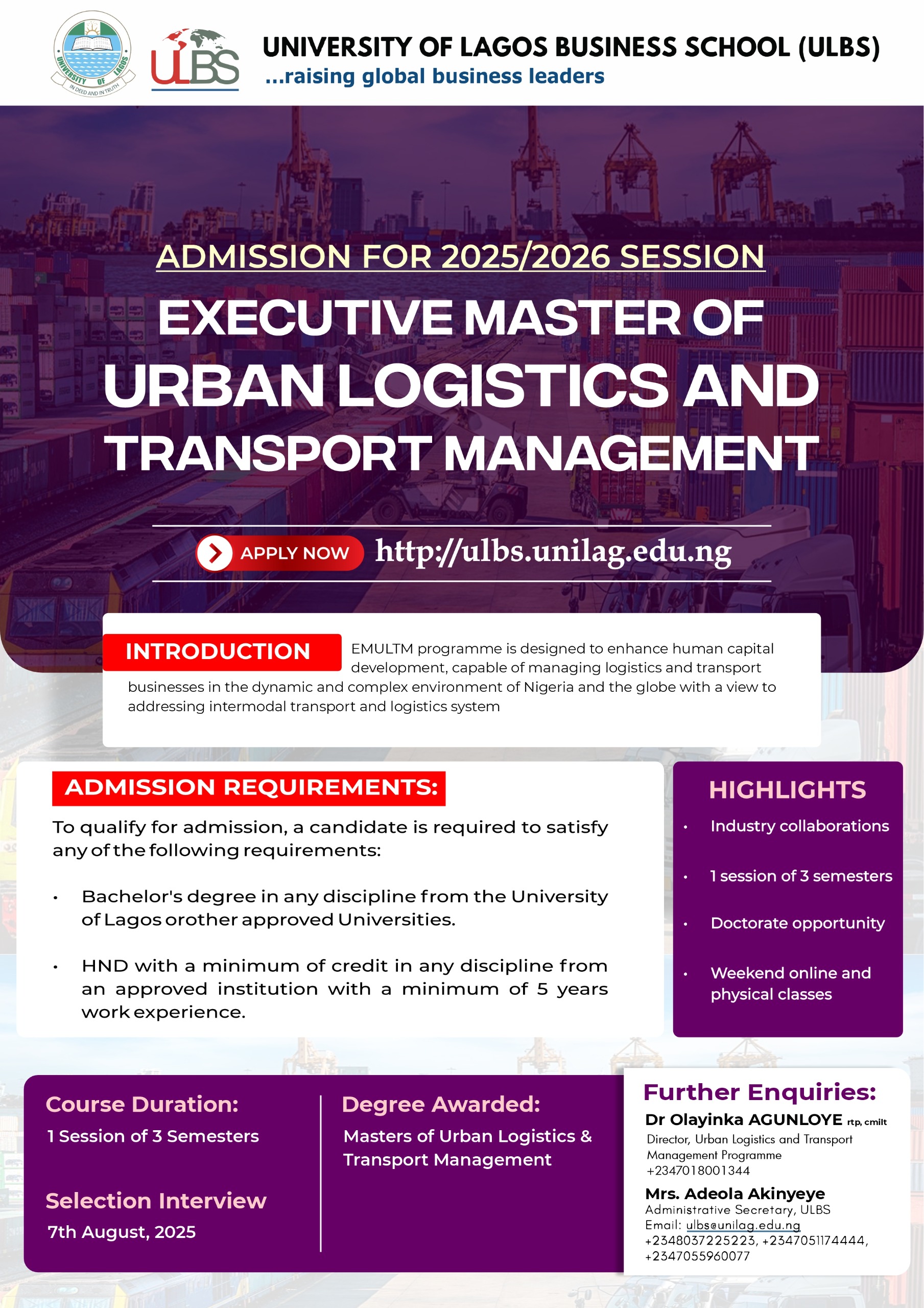It is a scourge that never goes away; even though society carries on like it does not exist, let alone afflicts anyone. Yet, malnutrition in Nigeria continues to be a serious issue, particularly affecting children under the age of five.
According to a recent analysis, nearly 5.4 million children in the north-east and north-west of the country are acutely malnourished, with 1.8 million suffering from severe acute malnutrition – a scary figure representing a significant increase compared to previous years.
To be sure, it is not that the government has not made any effort to address malnutrition over the years. Perhaps, the snag is just that the government has not yet considered it a scourge. Some 24 years ago, precisely in 2001, Nigeria launched the National Food and Nutrition Policy. The policy outlined bold objectives – improve food security at all levels, reduce undernutrition in children and women, tackle micronutrient deficiencies, integrate nutrition education, support vulnerable groups, curb diet-related diseases, embed nutrition in government planning and build strong systems for monitoring, early warning and social protection. It was also fine-tuned in 2016 with the specific target of achieving optimal nutrition by 2025. But like many policies that never took off or were never implemented, this has also remained largely unfulfilled as the scourge continues to ravage millions of children who represent the future of Nigeria.
Statistics have revealed that from 2021 to 2024, the number of children affected by severe malnutrition in Nigeria rose sharply by 145 per cent. In 2021 and 2022, cases were around 2.2 million and 1.7 million, but by 2023 and 2024, the situation worsened to 4.4 million and 5.4 million. The National Demographic and Health Survey also showed that between 2018 and 2023, child malnutrition in Nigeria worsened, with stunting rising from 37 per cent to 40 per cent, wasting from seven per cent to eight per cent and underweight prevalence from 22 per cent to 27 per cent while overweight rates declined slightly from two per cent to one per cent, a clear indication of the persistent and deepening challenges involved in combating malnutrition among children aged three to six years. Meanwhile, available data indicate that children suffering from acute malnutrition will likely continue suffering through 2025, amid the revelation that about 787,000 pregnant and breastfeeding women are also acutely malnourished.
Despite all this, however, nutrition can prove the key to avert the gloom that lies ahead, like the ticking time bomb. But knowledge of nutrition is one thing, while its applicability is entirely another. Knowledge is required to produce whatever is needed as food. Otherwise, it would lead to a shortage of nutrients, which could in turn lead to malnutrition. So, through knowledge, supplements would be known, as well as how the nutrients could be supplemented, while the government should also intervene to make provision for supplements like vitamins A, C, after their deficiency in people has been ascertained.
The dehumanising role played by poverty in malnutrition can definitely not be over-emphasised. With food as the take off point, the government should adhere to the constitutional needs of the provision of components of nutrition for the masses, in addition to enlightenment whose efficacy has over the years proved vital in getting the nutrition message across to especially the poor and vulnerable of the society.
Although this campaign may seem easy and even seamless, it may still prove difficult, if not impossible, no thanks to such campaign clashing with the people’s tradition and beliefs, leaving government as the biggest stakeholder to interact with the public and guarantee them access to good food and potable water to guarantee the nutrients they need for sustenance.
Normally, children would like having their way when it comes to certain local foods that they would not take, but which are nutritious to their health because they contain iron. The parents have a responsibility to incorporate the nutrients that the children do not like into the ones that they like for easy intake. This particular method has helped to feed many children and even adults and saved them from the scourge of malnutrition.
Perhaps, unknown to many, the rich in society also have problems with nutrition. Contrary to what may have been said in the past and present, many of them are not well enlightened about what good nutrition entails. Although malnutrition has for many years been said to be an ailment of the poor, research has since shown that malnutrition is as prevalent among the poor as it is among the rich. The only difference is the demography between both sides, which makes the society tend to focus more attention on the poor based on the assumption that poverty is the only cause of malnutrition. Several efforts have been made in recent times to quell this mentality, but there has been little or no headway.
Nutrition being everybody’s business is not necessarily the economic side of income earning. It only stresses that everyone should be concerned about the intake of food and what happens to the body after the intake. Too much food intake, for instance, can lead to overfeeding and obesity with unpleasant consequences. The economic situation in Nigeria today clearly shows how expensive it is to seek conventional treatment for any health issues. But it is also given that food intake must precede medicine consumption to make the healing certain.
Educationists have focused on nutrition about enlightenment on foods and the nutrients derived from them. They explain the tents of balanced diets as the game-changer of sorts, putting everything in proportions. The knowledge of this mainly constitutes the business of how to provide treatment using nutrition to complement. When the immune system that is built in the breastfed child is talked about, the hygiene of feeding the infant with breast milk will also be discussed. Also, although there are people who are average income earners who can afford any kind of food they want, a lack of proper knowledge may still lead them to eat incorrectly and cause trouble for themselves.
Prevention comes with the business of being conscious. So, advocates can rake in a fortune through education and enlightenment, while much more money can also be made through offering consultancy services in nutrition that target particularly prevention and management of crises.
Ignorance has led to the loss of money by many in the country who ordinarily would impart even minimal knowledge that has more to do with experience than expertise. Whenever nutrition is being discussed, there is a tendency for many Nigerians to surrender the subject to only health workers. But the money-making aspect of nutrition is as open to the health workers as it is open to artisans, building contractors and sundry other members of society. Even the government stands to gain far more resources than it invests in the country’s nutrition if it stops paying lip service to the resolve to make Nigeria a healthy country. Could it then still be ignorance on the part of the government that makes it overlook this money-making potential of nutrition year in year out? A body as the government with all the means of education and exposure at its disposal should easily deal infant and adult malnutrition with a fatal blow. So, questions should be asked as to why infant and adult malnutrition persists on a large scale in the country. Questions should also be asked concerning why political leaders don’t insert malnutrition as a subject in their election campaigns. Although the politicians often talked about “future”, it does appear hypocritical because to ignore malnutrition is to ignore a future where there would be no medical doctors, teachers, lawyers, accountants, engineers, journalists, artisans and even the politicians themselves.








